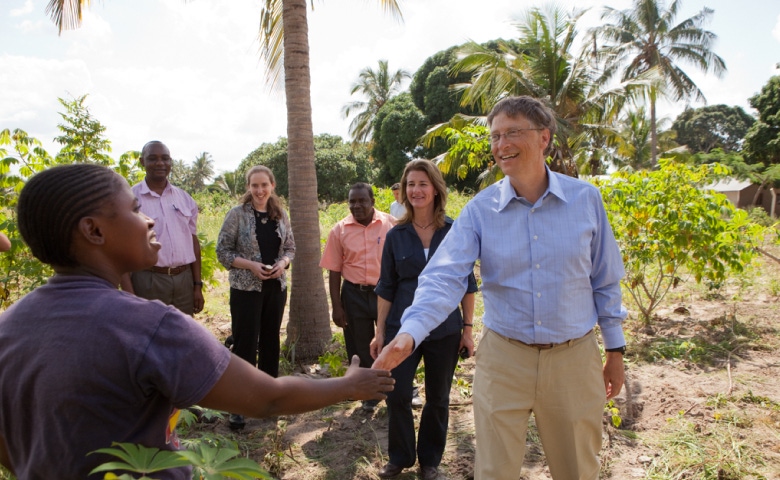Climate Change
Adept at adapting
Photos that show how the world can help poor farmers manage the risks of extreme weather.

Everyone should be concerned about climate change but the people who are going to be hit the hardest are the world’s poorest farmers. Read on to learn who they are and what needs to be done to help them.
A few years ago in Tanzania, Melinda and I met Christina Mwinjipe, who was working hard to support her family farming a small plot of land. Like many smallholder farmers, her life was a high-wire act—without safety nets. The year I met Christina her farm was threatened by drought and crop disease.

Unlike farmers in rich countries, poor farmers don’t have access to improved seeds and modern agricultural equipment that can help them cope with higher temperatures and more extreme weather. One ruined harvest is enough to sink them deeper into poverty.


